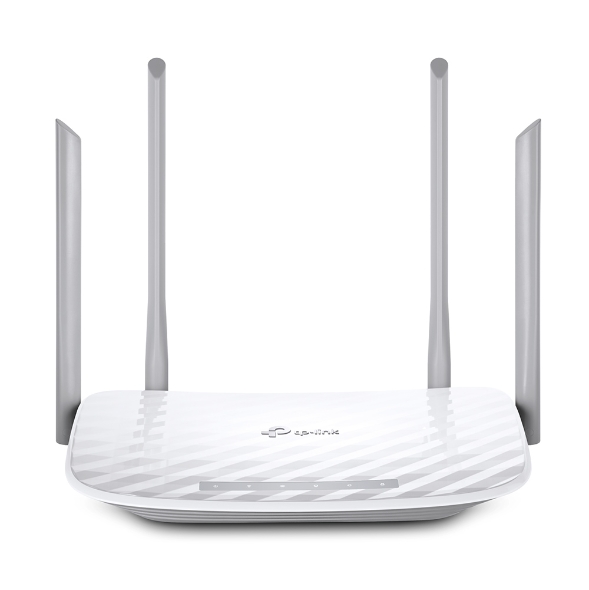


Do not throw away your old WiFi router after you have purchased a new one. You can use it as a WiFi repeater, and you can distribute Internet service to even the remotest rooms in your apartment, even if it isn't the best model.
This is possible with the standard settings provided that the firmware of the manufacturer supports such settings. If your router supports OpenWRT firmware you can install that firmware as well as any other special firmware. We'll describe both these options in this article.
WiFi routers that support 54 Mbps connections are used in the majority of homes. The newer standards 802.11n-802.11as are faster and more efficient.
Be aware that your new router will support one of the most recent communications standards. Devices that are within range and support the new WiFi standard, such as smartphones, will have faster Internet. Internet will not be as fast on devices that are in the range of the older router.
Some routers can set up a WiFi Repeater with standard firmware. Other devices may require special firmware (e.g. Open WRT). Below is a list to help you turn your old router into an internet repeater. Old router: The "older router" is the one used before the new one arrived. The older the "older" router is, the more it will work in your network. Special firmware: You will need special firmware if your old router cannot act as a repeater with the standard firmware. If your router can be used as a WiFi repeater using the standard firmware, then you will need to read the next section. If you don't have the special firmware installed and configured, skip this section.
Many models of routers with less advanced features can act as a repeater for WiFi and provide the necessary settings in the standard firmware. It is not possible to provide detailed instructions on how each model should be configured in this article. There is, however, a general configuration guide.
Make a list of the MAC addresses on the old and new routers. The MAC addresses can be found under the router or in the "status" of the settings. The MAC address appears as six separated letters and numbers - 00:00 00:00 00:00. You can log in as an administrator to access the settings page. You can access the settings pages at http://192.168.1.1/http://192.168.0.1. You will need to find the settings for your repeater. You should know the difference between wireless repeater (or wireless bridge). A wireless repeater is a device that extends the main router's internet network. A wireless bridge lets computers and other devices connect through another router to the network. It is best to consult the documentation provided by the manufacturer before setting up a repeater. The router is set to default in AP (access points) mode. The operating mode can be changed by selecting the drop-down menu or using the Wireless Repeater checkbox.
During setup, the MAC address will be required. Enter the address you want to use and then click the apply or save button.
You will need to follow the steps according to your router model. Just turn the router on Wireless Repeater mode. Next, you will need to enter the MAC addresses of your new router. Finally, save the changes. This is easy if the router's control panels are clear.
Many routers don't have repeater configuration options. Sometimes, special firmware can be installed with more functionality. Before installing, make sure your router is capable of working with non-standard software.
Follow these steps if your device supports them:
Install DD/WRT firmware onto the router. Most of the time, installing special firmware is not more difficult than installing standard firmware. There may be additional steps required for some devices. We strongly advise that you review the documentation for special firmware.
The page will refresh and the Virtual Interfaces section will be displayed at the bottom. Click the Add button. Enter a new SSID if it isn't in use (e.g. router repeater), and then click Save.
In the Wireless Security section, you will see two interfaces. The real interface is shown and the virtual interface is created. In the real interface section, you will specify the same settings for the main router. You must specify the same security methods, passwords, and other settings as on the main router. The same applies to the virtual interface settings. Click the Setup button at the top to access the Basic Setup section. Scroll down until you reach the Network Setup section. Change the local IP address from the main router. For example: If the local address of your main router is 192.168.1.1 enter 192.168.2.1 into the settings. Next, click Save to save the settings.
Go to Security and then the Firewall section. Deactivate SPI Firewall, and uncheck BlockWAN Requests. Click Save, then Apply. After the reboot, connect to your repeater and enjoy the extended WiFi network.